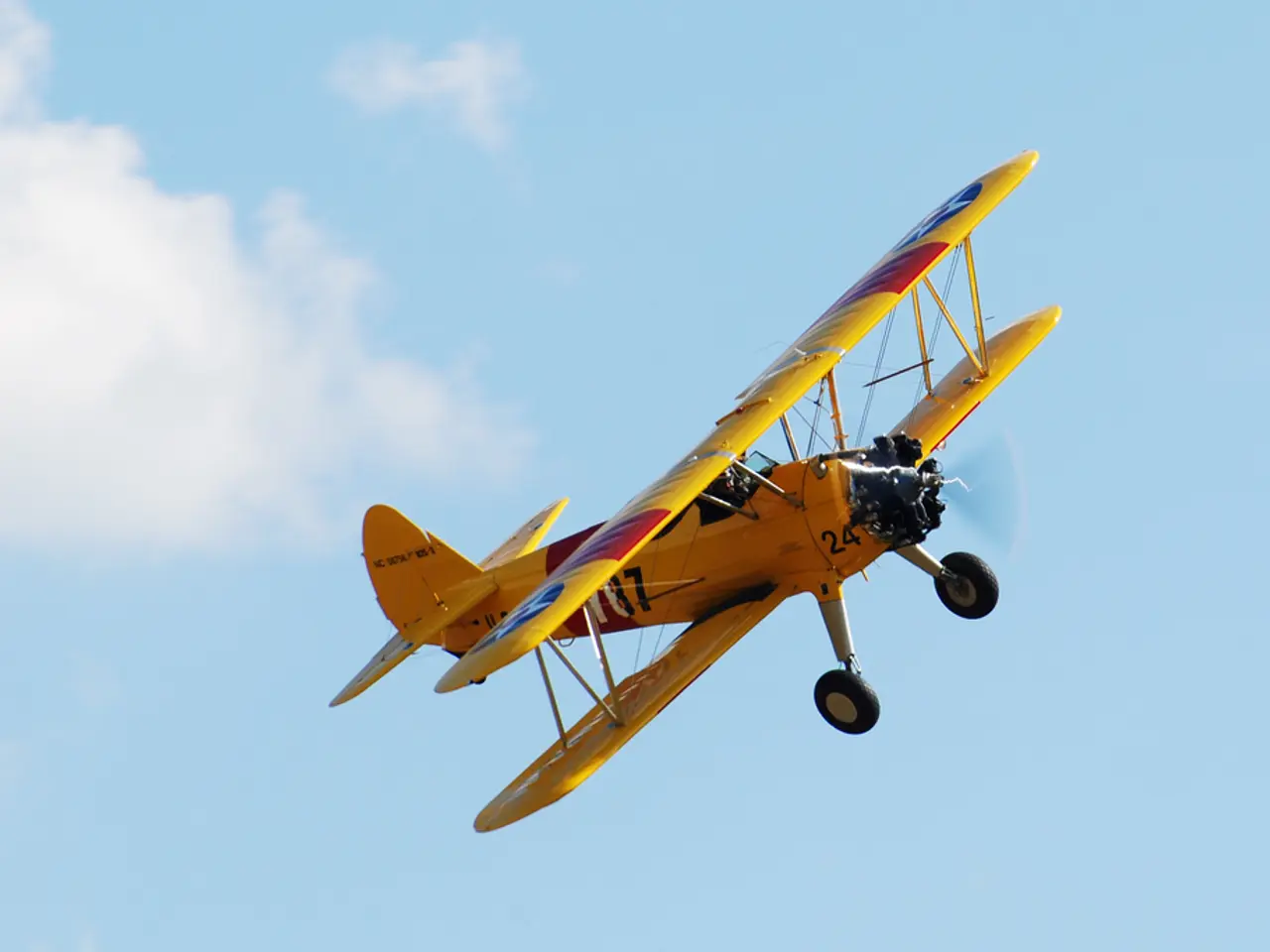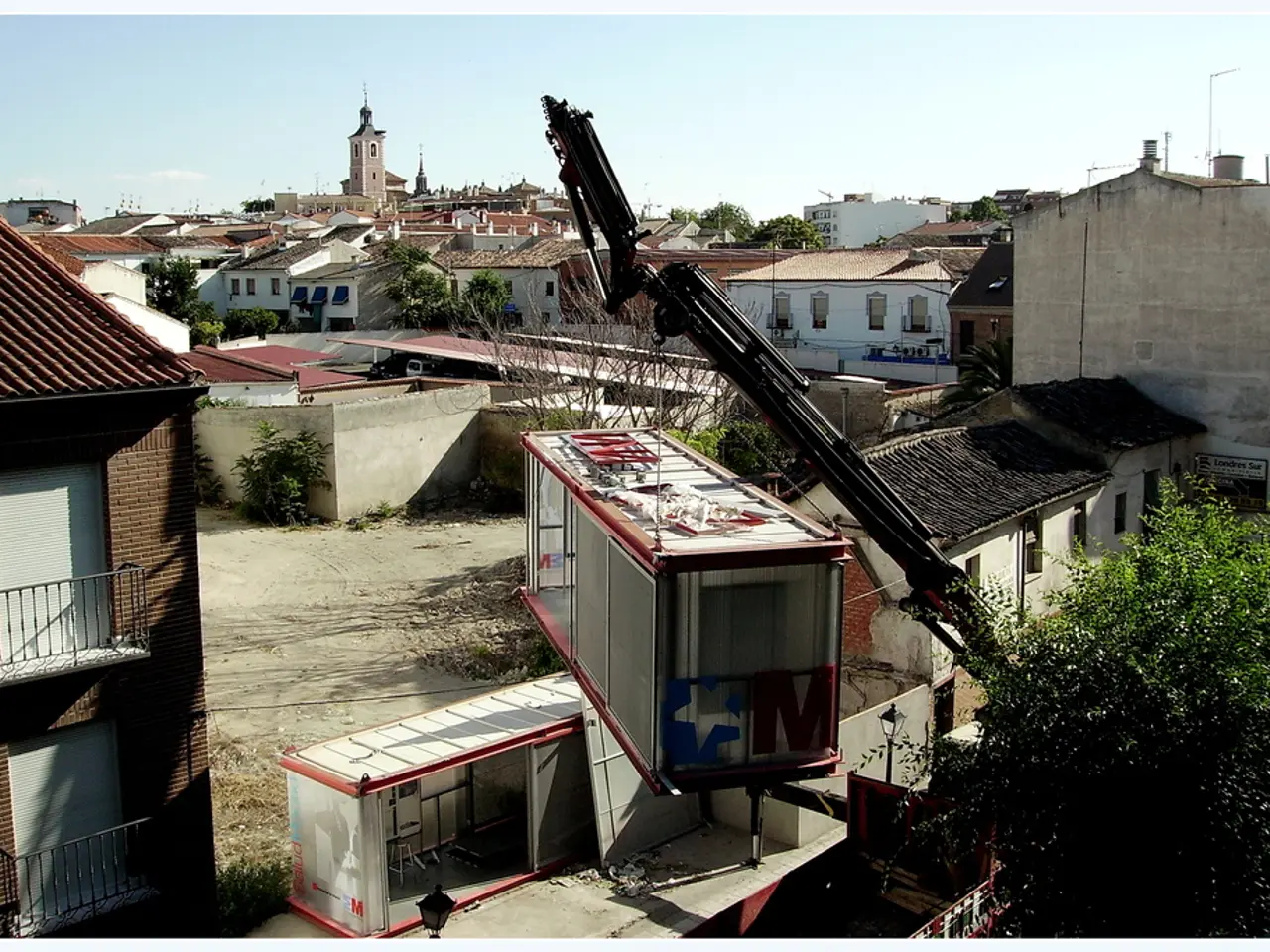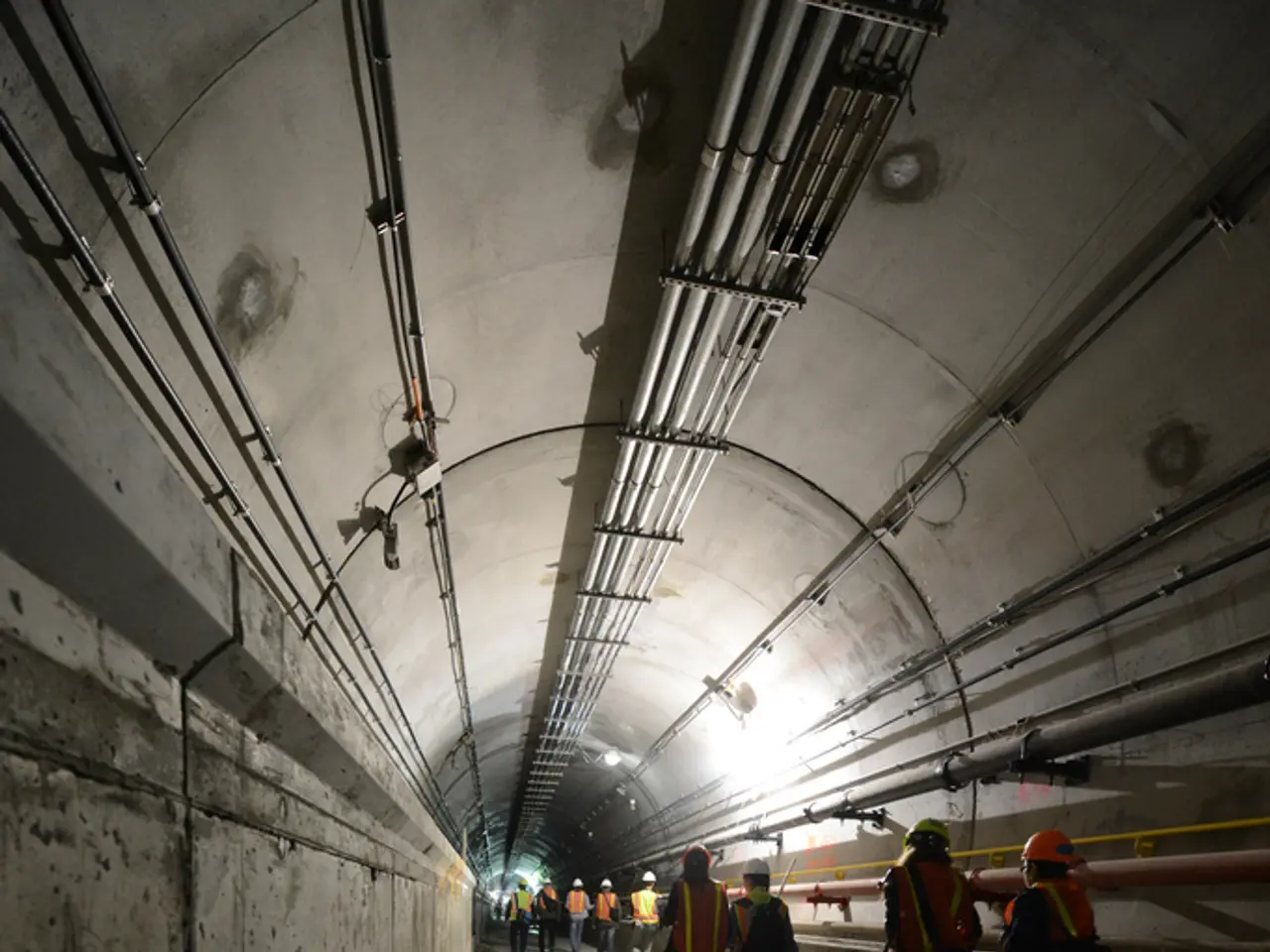Cosmic Creativity Unveiled: ShaRA's Democratically-led Deep Space Astrophotography Exploration
In the realm of astrophotography, a unique collaboration is making waves – the Shared Remote Astrophotography (ShaRA) project. Founded by Alessandro Ravagnin two years ago, this international initiative brings together a community of over 20 skilled astrophotographers from around the world.
Based in Chile, ShaRA utilises large remote telescopes located in areas with clear, dark skies to overcome light pollution and weather conditions. These telescopes, up to 6.5 meters in aperture, are not just used for visually stunning images but also for scientific exploration, often focusing on less commonly studied targets like gravitational lenses, high-redshift quasars, active galactic nuclei (AGN), supernovae, and planetary nebulae.
The project combines imaging with scientific inquiry, such as detecting Lyman-alpha emission or H-alpha emission lines, demonstrating a blend of artistic and research-driven goals. Working as a team allows ShaRA to combine strengths, foster creativity, and tackle more ambitious projects.
ShaRA is open to new members who share a passion for astrophotography. However, due to the sophisticated nature of the equipment and targets, interested individuals typically need to have some astrophotography experience. The platform supports a team environment where participants contribute to ongoing observing campaigns and share results.
Decision-making processes in ShaRA are democratic, with voting via Google Forms. The team shares the costs of renting remote telescopes, making the project more accessible for everyone.
ShaRA's achievements are noteworthy, having reached the final round of the Astrophotographer of the Year competition and being featured in various publications like Amateur Astrophotography, Forbes, and DIY Photography. The team also shares knowledge and experience with the community, offering tutorials, workshops, and tips.
You can follow ShaRA's progress on their website, social media platforms, Astrobin, and Italian astronomy magazine Coelum. Alessandro Ravagnin can also be followed on Facebook, Instagram, and YouTube.
In a world where astrophotography teams and communities exist with their own focus and style, ShaRA's unique collaborative approach, including an anonymous image voting process for the final image, sets it apart. The project aims to bring together a community of astrophotographers to capture the beauty of the cosmos.
This article is written by Anthony Robinson, founder of Skies & Scopes, and can be found on Skies & Scopes' platform.
[2] Source: Various online resources, interviews, and ShaRA's official website.
- The Shared Remote Astrophotography (ShaRA) project, an international collaboration, harnesses the power of large remote telescopes to capture deep sky objects and conduct scientific exploration.
- Participants in ShaRA, such as Alessandro Ravagnin, wield these telescopes, up to 6.5 meters in aperture, to study less commonly studied targets, including gravitational lenses, high-redshift quasars, active galactic nuclei, supernovae, and planetary nebulae.
- Photojournalists, teachers, scientists, and enthusiasts alike are welcomed as ShaRA members, provided they share a passion for astrophotography and have some prior experience in the field.
- Decision-making within ShaRA is democratic, with team members voting via Google Forms, and shared costs for renting telescopes foster an accessible platform for all.
- Contributions to the project extend beyond stunning imagery; members also share knowledge through tutorials, workshops, and tips on the ShaRA website, Astrobin, and Coelum magazine.
- ShaRA's collaborative approach and achievements have earned recognition in competitions, publications like Amateur Astrophotography, Forbes, and DIY Photography, and social media platforms such as Facebook, Instagram, and YouTube.




